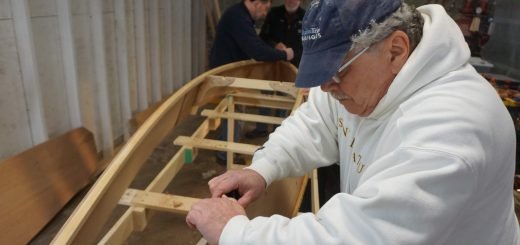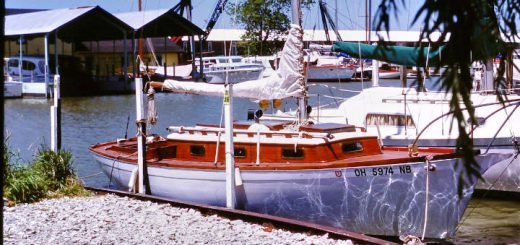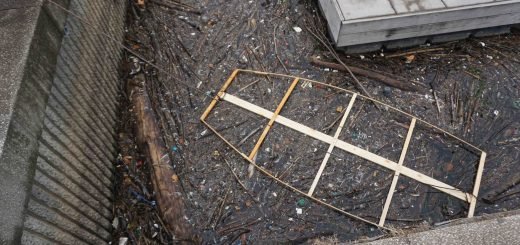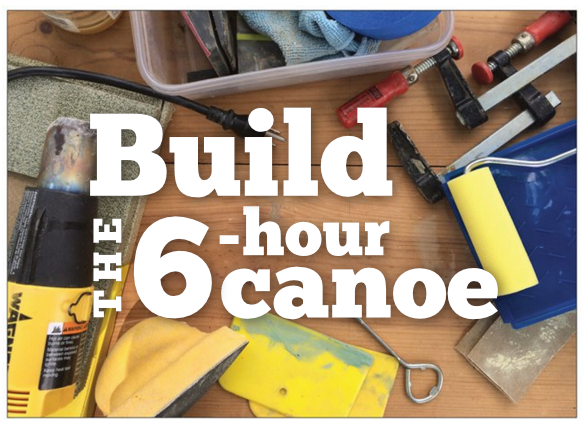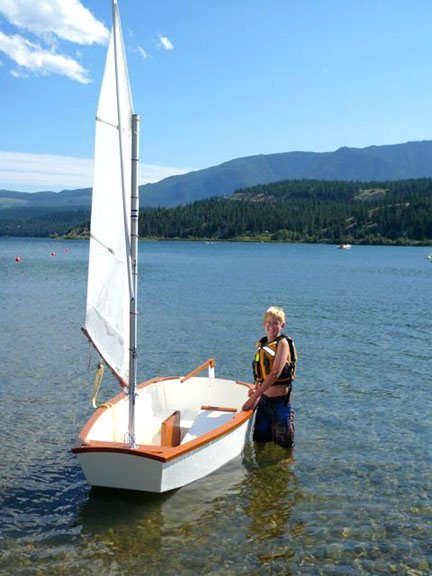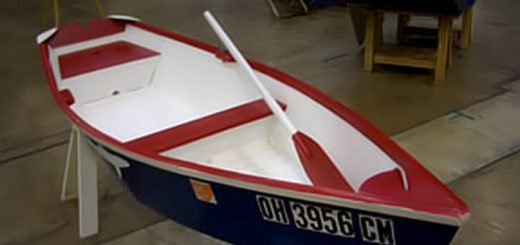Paddle Making with Max Peterson

Max Peterson, a professional woodworker in the Pittsburgh area, believes just about anyone can make a paddle and can make it from just about any wood.
He thinks of a paddle in three parts: the grip, shaft, and blade. The grip should provide comfort and control, the shaft should be the proper length for easy paddling, and blade should provide power and water control. If the builder can add in flexibility, a springiness that gives a bit of a pop at the end of the stroke, then you have a paddle that has some life in it.
 Using an Ash board, Max showed how to layout a paddle but said you can start with most any wood, even a Home Depot 2 X 8. Look for a board with flat grain, lots of ‘v’ shaped grain pattern rather than parallel lines. He began by first laying a paddle on the board and adjusting it to find the best positioning that by-passed knots, splits, and other imperfections. He marked the position top and bottom and drew a line connecting the points. This will be the center line of the new paddle.
Using an Ash board, Max showed how to layout a paddle but said you can start with most any wood, even a Home Depot 2 X 8. Look for a board with flat grain, lots of ‘v’ shaped grain pattern rather than parallel lines. He began by first laying a paddle on the board and adjusting it to find the best positioning that by-passed knots, splits, and other imperfections. He marked the position top and bottom and drew a line connecting the points. This will be the center line of the new paddle.
Max had plywood half templates for the grip, shaft and blade which he traced in position along the center line. The templates are only half of the shape. The template is positioned along the center line and traced to draw the right side and then flipped over to draw the left side. This way you can be assured of perfectly matched shapes right and left. Be sure to draw the paddle center line on the back side of the board.

How long should a paddle be? The key is not the total length of the paddle but the length of the shaft, the distance from the top of the grip to the top of the blade. Max does it this way. Hold a yard stick over head as if it were a paddle. With your upper arms extending straight from your shoulders and your elbows at a right angle, read the distance from the outside of one hand to the outside of the other. This is the appropriate shaft length for your body size.
[column size=”one-third”]
Max suggested that a paddle can be made in 4 –6 hours, but the first one will take longer.
[/column]
[column size=”two-third” last=”true”]The paddle blank is then cut out on a band saw or with a scroll saw. The paddle blade taper can be cut on the band saw or knocked down with a bench plane. From there on, it is a few hours of hand work with a small plane and spokeshave to shape all the surfaces.[/column]
Max likes to finish his work with a hand scraper rather than sand paper. It produces a satiny smoothness. He uses two finishes on the paddle. The blade gets varnish (just about any brand or type). The grip and shaft are finished with linseed oil (Ric Altfather
suggested Tung oil as well). A linseed oil finish creates fewer blisters than a varnish finish.
You might look at one of his paddles as a work of art but Max has no reservations about using them. Their beauty is in their utility and that’s what they’re all about.
